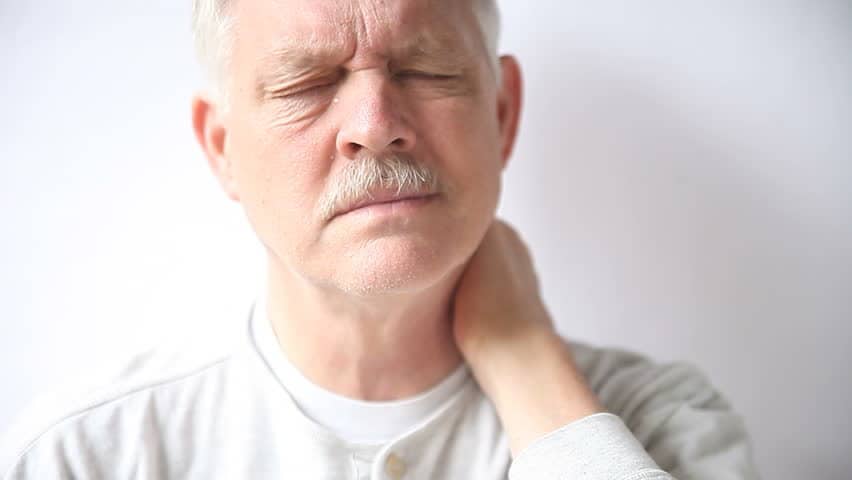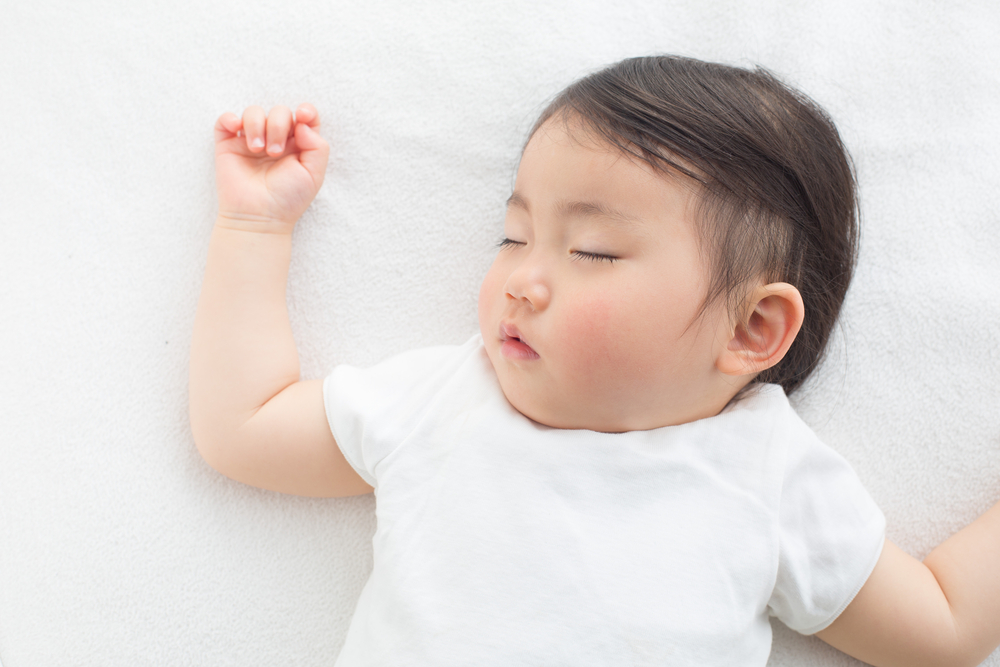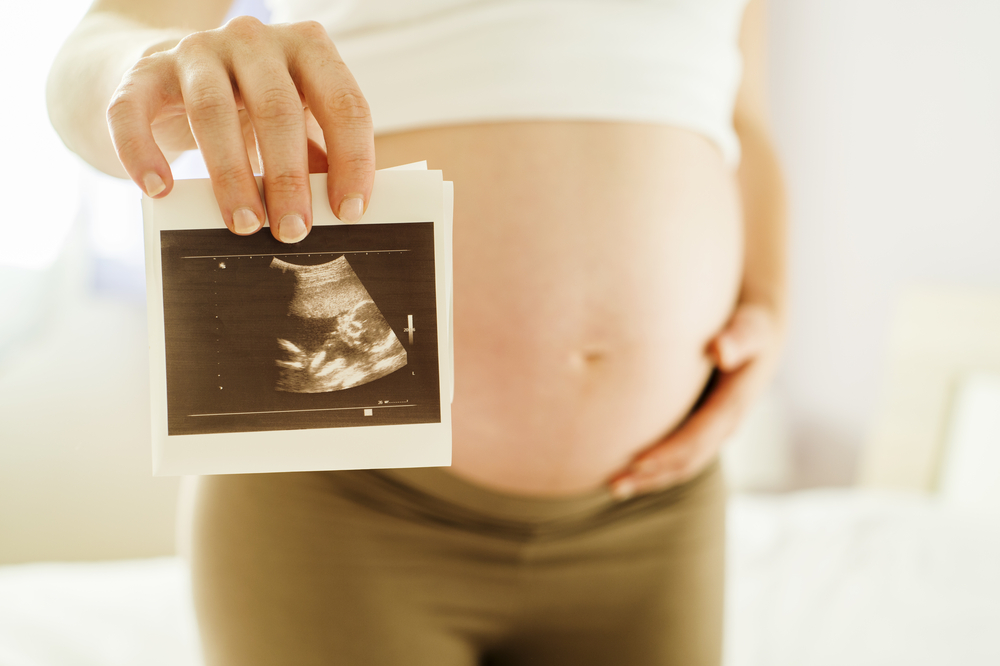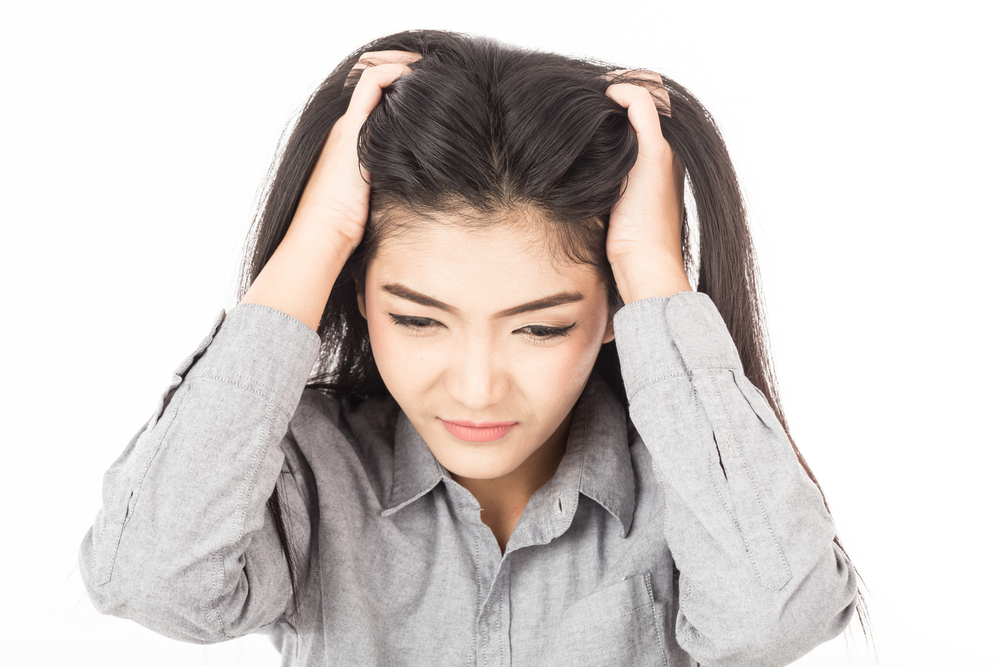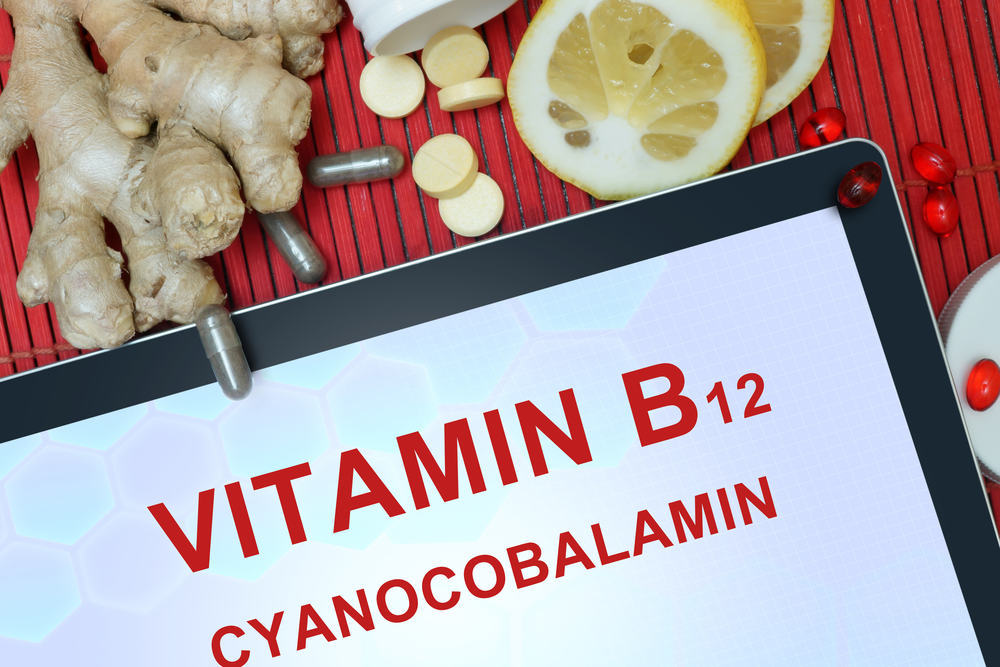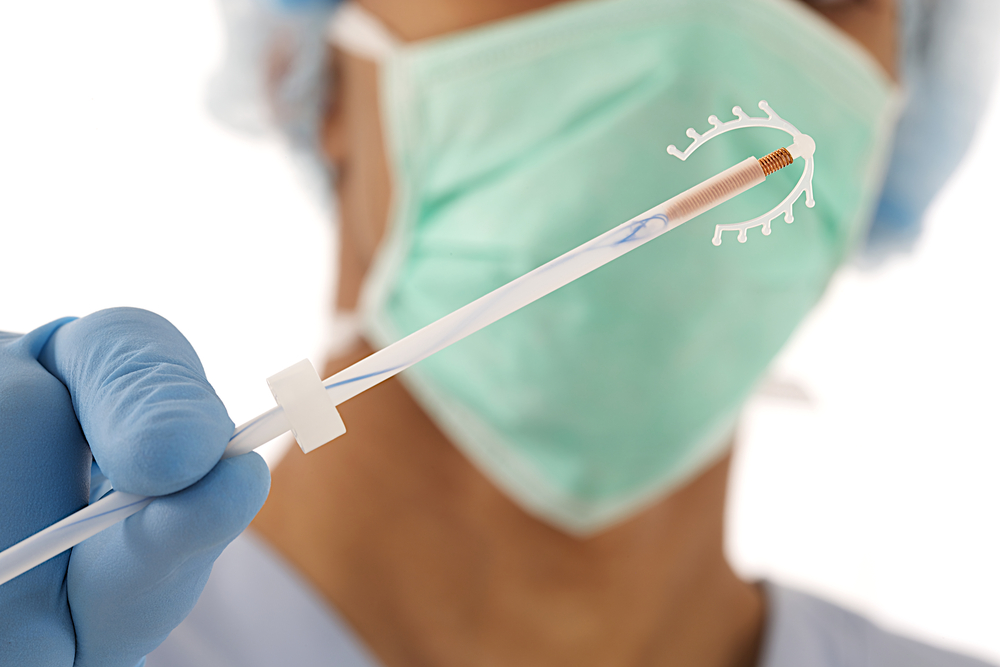Contents:
- Medical Video: Stretches to Release Neck and Shoulder Tension and Help Avoid Vocal Cord Attacks - Nemours
- What is cervical spondylosis?
- What causes cervical spondylosis?
- How can this cervical pain be treated?
Medical Video: Stretches to Release Neck and Shoulder Tension and Help Avoid Vocal Cord Attacks - Nemours
The more you get older, the more problems or diseases you can experience, one of which is cervical spondylosis. Maybe you rarely hear it, but it turns out the problem of neck pain and pain is experienced by many elderly people.
What is cervical spondylosis?
Cervical spondylosis is a condition in which the bones, discs and neck joints wear out due to the influence of age or aging. As you get older, the discs in the cervical bone will shrink, lose fluid, and become stiff, causing cervical spondylosis.
Cervical spondylosis or also called cervical osteoarthritis can cause pain and stiffness in the neck in some people. However, maybe not everyone will experience these symptoms.
In rare cases, this cervical problem can also cause nerve clamping. This can cause you to experience pain, tingling, and numbness in the hands, tingling and numbness in the legs, loss of coordination, difficulty walking, and loss of control of bladder or intestinal movements.
According to the Mayo Clinic, more than 85% of people who are elderly (over 60 years) experience the condition of cervical osteoarthritis. As you get older, cervical osteoarthritis can get worse.
What causes cervical spondylosis?
As you age, your body will experience the effects of aging. Included in the neck bone that can experience wear and tear on the joints and tissues. Some changes in the cervix can occur and cause cervical spondylosis, such as:
- Discs, which act as a cushion between bones, can shrink and begin to dry out. So, it allows the neck bones to rub against each other.
- Prominent discs (herniation). The older you are, the more likely the bone can crack and cause the disc to stand out. This can cause the spinal cord and nerve roots to be depressed.
- The formation of bone spurs (additional bone). Disc degeneration can cause the spine to produce additional bone to strengthen the spine. However, sometimes these extra bones can suppress the marrow and spinal cord.
- Ligaments (tissue that connects bone to bone) become stiff. This can occur with age. So, it makes your neck less flexible.
Apart from this because of age, cervical spondylosis can also occur due to other factors. Genetic factors, neck injury, work that puts additional pressure on the neck, the habit of frequently moving the neck, and smoking habits can be risk factors for cervical spondylosis.
How can this cervical pain be treated?
If you suddenly experience numbness or tingling in your shoulders, arms, or legs, and experience loss of bladder and intestinal control, you should immediately see a doctor. It is a symptom of cervical spondylosis.
Doctors will provide treatment and medication to help reduce pain and reduce the risk of permanent damage. Running physical therapy can also help stretch your neck and shoulder muscles, thereby helping to relieve pain.
If the condition of cervical spondylosis is still mild, you can also do things like this to help treat it.
- Exercise regularly, such as walking or swimming
- Compress your cold or warm neck to help relieve pain in the muscles
- Use a comfortable pillow while sleeping
- Avoid doing a lot of movement on the neck or giving a lot of weight to the neck
If your condition is severe and the administration of medicines is not able to help, you may need to do surgery. Consult with your doctor.

